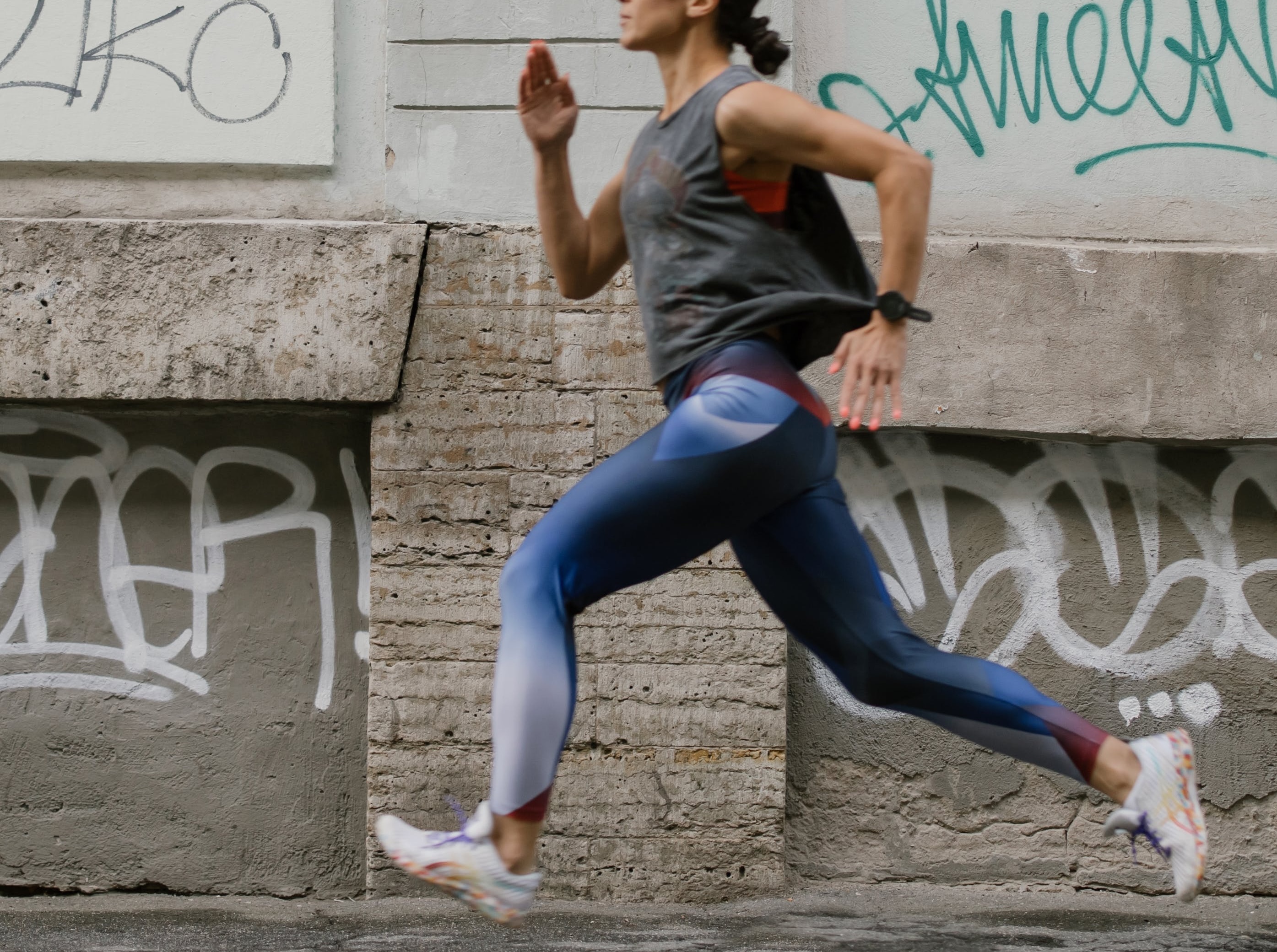Gait and Running 3D Analysis
Last updated: January 12th, 2025

Gait analysis involves the systematic study of an individual's walking pattern or gait. It can be extended to include running 3D analysis, which focuses specifically on the biomechanics of running. Both types of analyses use advanced technology to capture and assess various aspects of a person's movement. Here's an overview:
Gait Analysis
Gait refers to the manner or style of walking. Gait analysis involves the systematic observation, measurement, and assessment of an individual's walking pattern.
Gait analysis may use various technologies, including pressure-sensitive platforms, motion-capture systems, video analysis, and force plates to gather data on foot pressure, joint movements, and overall body mechanics during walking.
Running 3D Analysis
Running 3D analysis is a specialised form of gait analysis that focuses specifically on the biomechanics of running. It provides detailed information about the individual's running form, stride mechanics, and how the body moves during running.
Like in gait analysis, running 3D analysis often involves the use of motion-capture systems, force plates, and high-speed cameras to capture and analyse the three-dimensional movement of various body segments while running.
Prescription and Applications
Gait and running 3D analyses are typically prescribed by healthcare professionals such as orthopaedic specialists, podiatrists, physiotherapists, and sports medicine practitioners. They may recommend these analyses for various reasons, including:
- Injury Prevention: Identifying abnormal gait patterns or running mechanics that may contribute to injuries and developing strategies to prevent future issues.
- Rehabilitation: Assessing and monitoring the effectiveness of rehabilitation programs for individuals recovering from injuries or surgeries affecting the lower limbs.
- Performance Enhancement: Optimising running form for athletes to improve performance and reduce the risk of overuse injuries.
- Customised Interventions: Designing personalised interventions such as orthotics, footwear recommendations, or exercise programs based on the individual's specific gait or running characteristics.
Conditions treated include:
- shin splints,
- stress fractures,
- runner's knee,
- overpronation,
- underpronation,
- other musculoskeletal issues related to walking or running.